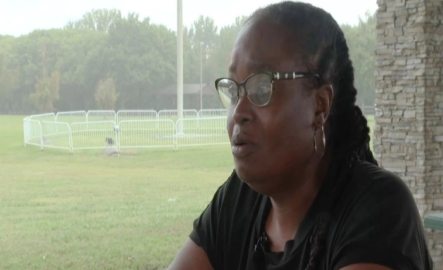Last month, a Cambridge University college announced that it had handed over an artifact looted by British soldiers to Nigeria. Jesus College became the first U.K. institution to give back one of the artifacts known as the Benin Bronzes. The college returned a looted bronze cockerel known as the “Okukur” to Nigeria’s National Commission for Museums and Monuments.
The return of the artifact came amid calls on Western countries to return artifacts looted during colonization. Benin City was the capital of Benin Kingdom, one of the most highly developed states in Africa, when it was ransacked and burnt down in 1897 by British forces. Its destruction in what became known as the Benin Expedition of 1897 led to the fall of the once successful and well-recognized Benin Kingdom located in what is now southern Nigeria.
Britain’s punitive expedition did not only lead to the deaths of gallant chiefs but also took away various works of art including Ivory and bronze works. Today, most of these works of art are held in prominent museums, including the Metropolitan Museum of Art and the British Museum. Two of the Benin Bronzes were in 2014 returned by a British citizen, Mark Walker, leading to calls for repatriation of more artifacts.
Amid these calls for the return of the artifacts, contemporary casters are still making the bronzes in Benin City, the capital of Edo State, Nigeria, using the same ancient techniques that were used in the Kingdom of Benin before the European colonizers arrived.
The casters, numbering about 120, are members of an exclusive guild known as Igun Eronmwon. They display their wares in stores in Igun Street, Benin City. There are wooden giraffes, brass tusks, Roman gods, eagles and paintings of women. Behind the stores are the workshops and studios from where the Igun Eronmwon work on their bronze and brass casting, according to an excerpt from a book by journalist Barnaby Phillips.
The members of the guild have no formal training. They are not taught to sketch. They have learned the skills by watching and listening to their fathers and elders, who had also learned from their fathers all the way back to the 13th century, Phillips writes. They also study photographs of the iconic Benin Bronzes to make them.
For hundreds of years, women were not allowed to make the bronzes until recently. It was feared that once women learned the skills of making the bronzes, they would take their knowledge to their new family when they marry. As things have changed now, a few women are often seen among the men making the bronzes and they all rely on the Lost Wax technique that was used in ancient Egypt, South-East Asia and China, and Igun Street in Benin City.
Phillips describes the Lost Wax technique as “a complex process that requires skill but allows for intricacy and detail.” Materials used by the casters include clay, which they get from the banks of the Ikpoba River in Benin City. And to heat their furnaces while making their artifacts, they rely on compressed air from air-conditioner motors instead of the bellows used in the past. Other raw materials used when making their artifacts are engine parts, discarded taps, valves, and pipes as well as ship propellers, as stated by Phillips.
The Igun Eronmwon sell their work to tourists, organizations, expatriates in Lagos and art dealers, and even the church. That was almost impossible in the past when the Igun Eronmwon guild worked for only the Oba, or king. Many of the pieces made at the time were for ancestral altars of past kings and queen mothers. And even though the Oba provided gifts and money, the guild did not have the kind of freedom they wanted, not to talk of selling the pieces.
Now some of them are making it big in the craft. Phil Omodamwen, whose family has been casting for 500 years, runs a foundry. He has employed about 50 people to cater to large orders and has been to the United States, Belgium, and France to exhibit his work, according to Phillips.
Indeed, many love the works of the Igun Eronmwon guild but others say they could do more in terms of attaining the high standards of their forefathers while still not sticking to the traditional designs of the past. But it is almost impossible to attain those high standards considering many of the casters rely on internet and magazine photos to study the intricately made brass and bronze sculptures of their ancestors. The original Benin artworks of their ancestors remain scattered all over the world.










